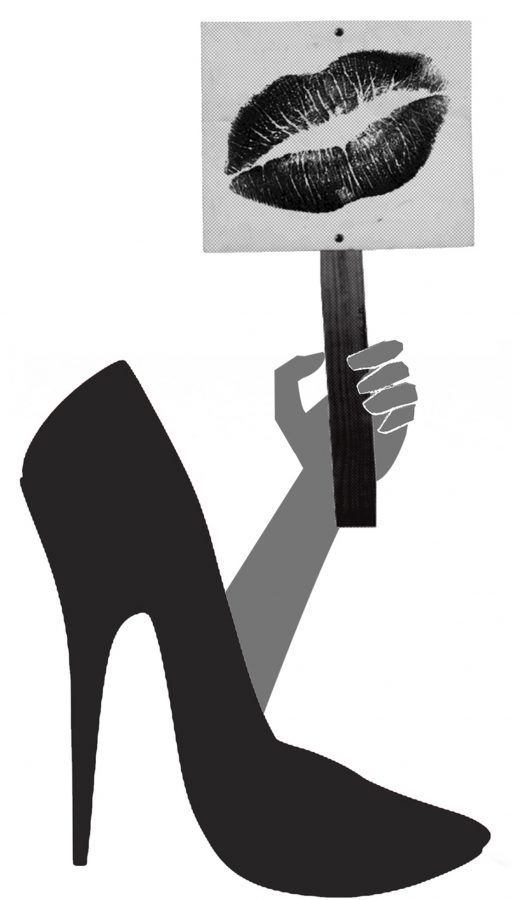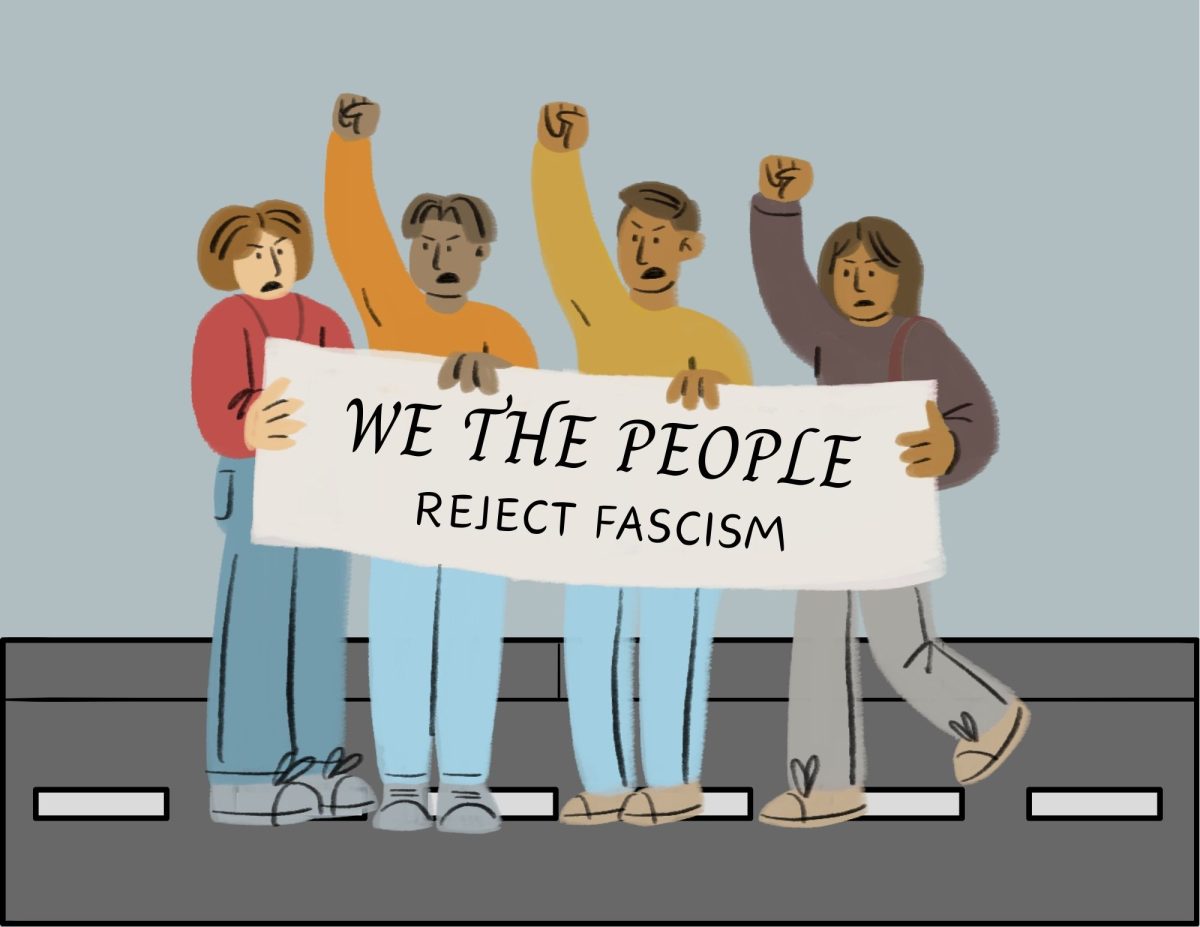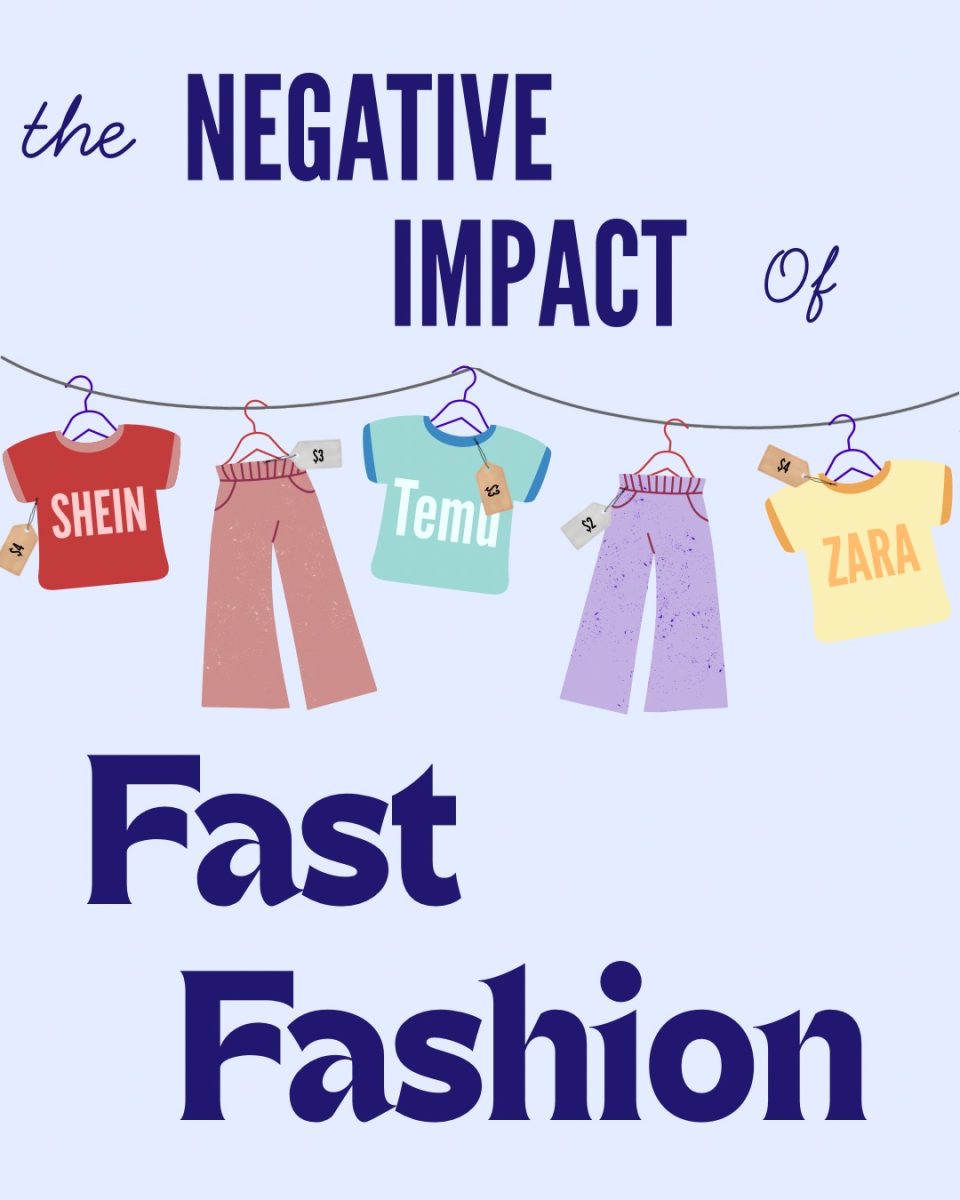Well, what was she wearing?
There is no context to that question, but I’m willing to bet my meager savings that you knew exactly what I was talking about.
It’s often one of the first questions asked when a sexual assault is reported.
Not whether or not the victim will recover from the tragedy and horror they have suffered. Not if the attacker was apprehended.
No, instead we focus on whether or not the victim was asking for it. Whether or not her clothing suggested she wanted it.
We want to find a reason to tell the victim that what happened to them was their fault.
Why? We don’t ask people what their house looks like if there is a break in. We don’t ask what a car looks like if it is vandalized or stolen. It doesn’t matter in those situations.
What matters is there was a crime committed. Why isn’t that the case with rape and other sexual assault crimes?
This phenomenon is called rape culture and includes the idea that rape is somehow the fault of the victim, the product of their choices, instead of the rapist.
This doesn’t just apply to women.
While women can suffer hundreds of questions about their clothing, their alcohol consumption, or whether or not they “asked for it”, men who are the victims of sexual assaults are often brushed off completely or considered weak.
According to a Time article regarding rape culture, one in five women will be sexually assaulted. One in six men are abused sexually before the age of 18.
And, yet, we are not focusing on the problem. We are still teaching women how to avoid being raped instead of teaching just don’t rape.
What is rape culture exactly?
A movement was started on Twitter by Zerlina Maxwell using the hashtag #RapeCultureIsWhen.
The hashtag trended nationwide and is still active for men and women voicing their distaste for the practice of teaching how not to be a victim.
In the media, we mourn the loss of athletic careers and promising futures of rapists and attackers instead of acknowledging the struggle that lies ahead for the victim.
We police girls and implement strict rules regarding dress code instead of explaining what consent is.
Rape culture is when sexual violence is accepted and expected as a social norm. That’s impossible right? America doesn’t endorse rape, we hate it!
The truth is, we despise the idea of rape.
We hate the image of an evil predator lying in wait behind some bushes to attack an innocent women walking down a dark alley. But, that situation is almost never the case.
According to a study held by the National Institute of Justice and Department of Defense, more than half of female victims were raped by an intimate partner. Forty percent more were raped by an acquaintance.
Rape culture is when we can trivialize sexual assault into “boys will be boys”.
Rape culture is when wives are raped by husbands and husbands are raped by wives, and there is no punishment.
Rape culture is when victims are afraid to come forward.
Rape culture is when only three out of every hundred rapists will serve time, according to RAINN (Rape, Abuse & Incest National Network).
Rape culture is the poster in my building telling me how to not be a victim.
Rape culture is when victims are shamed into silence, and perpetrators walk free. Rape culture needs to end.
The first step is you. Stop asking what she was wearing.
Stop insinuating she was asking for it.
Start educating on clear consent. Start teaching men and women not to rape, instead of hiding behind dress codes and buddy systems.
I shouldn’t be afraid to walk from the library to my dorm when it gets dark.
No one should be afraid for their safety based on their gender, outfit or where they happened to be.
It’s not right, and it needs to change.
Religion can be spoken about freely, yet we tread softly when publically mentioning it.
But, the hardest idea to grasp is that having the right to spread religious awareness is certainly not the same as pushing beliefs on others.
While people reserve the right to practice religious freedom and to speak without restraint about any faith they choose, forcing others to listen isn’t freedom of speech; it’s harassment.
There are over 127 major religions and seven billion people on earth with seven billion different views of God. Some love Him, some fear Him, some question His existence and some are still searching for Him.
Some will decide that God plays no role in the trials and tribulations of life, while others will find faith the moment they see their newborn child take the first breath of being.
Whether we discover where we spiritually belong in a pew on Sunday morning or on a lonely drive with no destination, the journey to finding or forgetting God is what determines our views. We can’t be told what and who to believe in, or to even believe in anything at all.
What we learn, who we meet and the challenges we face are what we remember when we stand before Him, not the church members that knock on our front doors, or the people that stand in the quad condemning us all to hell.
And if the church goer at your front door changes your perspective, let them. Be baptized in one church, change your mind, and be baptized in another. Let what you learned in biology class make you question evolution and the powers above.
Learning from life experiences and questioning God’s ways isn’t sin; it’s human. It’s human to change emotionally, mentally, and spiritually when physical surroundings change. It’s human to simply be curious and indecisive.
Faith only exists because there are people that believe strongly enough in it to make it a reality and a way of life. Without doubters and differences, the strength of religion would never have anything to be measured against.
Because of that, religion without true belief is weak.
Never practice out of habit, don’t follow just because your parents or friends do, and don’t ever think one religion is superior to another. In a time that seems to have the explanation for everything in a test tube or on a database, people believing in any God at all is a miracle in itself.





